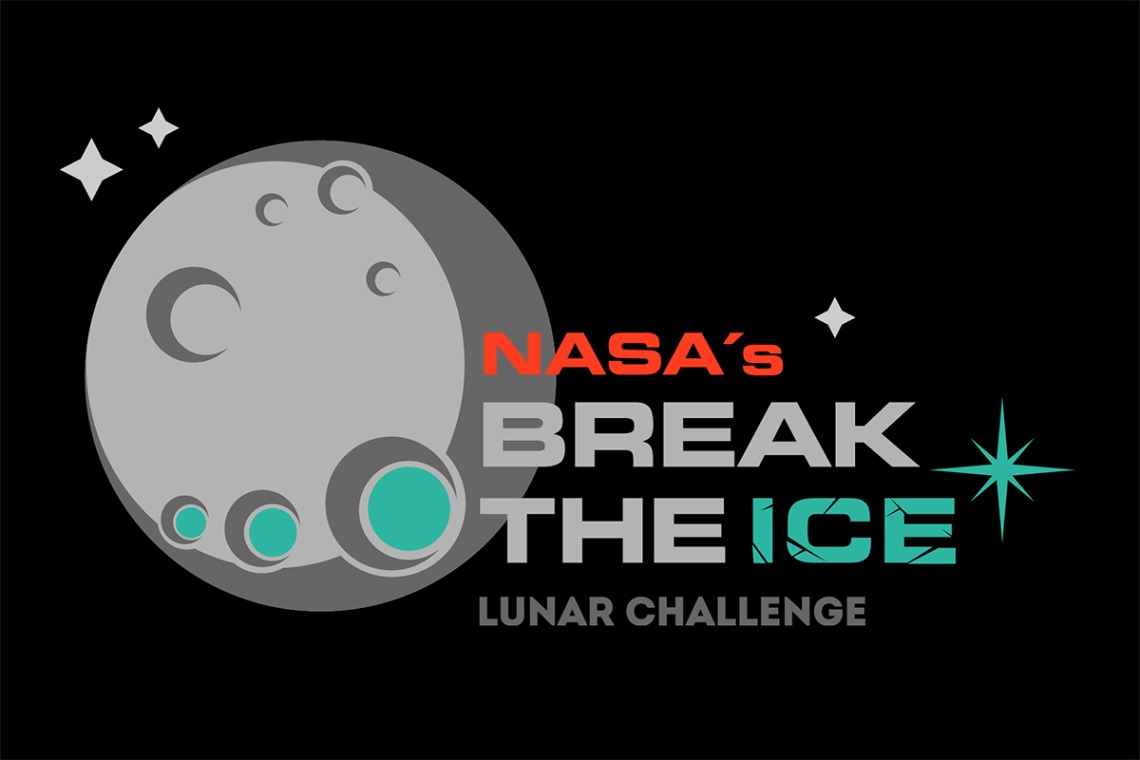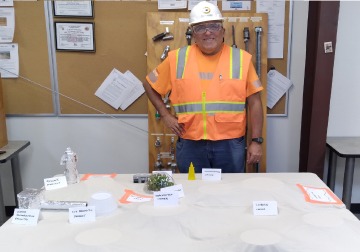Wildcat Moon Miners are Breaking the Ice

The Wildcat Moon Miners team with faculty member Victor Tenorio is continuing on to Phase Two of NASA’s “Break the Ice” challenge.
Phase One
Victor Tenorio, Professor of Practice for Mining and Geological Engineering at UArizona, first came across this challenge through the news and social media, and decided to bring it up to students. He believed since miners have the experience of designing desolate underground mines they are prepared for the challenge of designing icy regolith excavation on the Moon’s south pole.
Forming a team of undergraduate students with a variety of scientific backgrounds such as mining engineering and aerospace presents unique challenges such as communication barriers, and trying to find time for the team to work among the student’s other responsibilities. They face competition from other business companies who seek to participate in this kind of mining.
After the completion of Phase One, which occurred from November of 2020 to June of 2021, the team will be continuing on to Phase Two of the challenge, building off of the initial work put into the first phase, but more narrow and technical. The biggest challenge Tenorio states? “Power.” The group will have to develop a more comprehensive analysis of how the autonomous equipment used to mine will be powered in a desolate location.
Why Mine the Moon?

Professor Victor Tenorio with a model of the proposed moon base
When asked why someone should mine the moon, Tenorio’s eyes lit up. It became clear that the only question that should be asked is, why not? Not only is mining the moon a feat of humankind that seems incredibly within our grasp just a few short decades after the first man walked the face of the moon, but it also would provide resources. Rather than bringing materials from the Earth to the moon, eventually, with autonomous machines, the moon can become entirely self-sustaining using icy regolith (basically, water trapped in surface dirt), a built habitat, and 3D printed materials to become a pit stop on the way to more planetary exploration. Going from the moon to Mars would be far cheaper than going from the Earth to Mars. Moreover, mining the moon, while taking the past into consideration and employing mining techniques with respect to the moon’s purity, would help to alleviate the environmental impact on Earth. Lastly, the moon would tell us so much more about the universe through scientific efforts to mine it.
What’s Next?
Phase Two of the Break the Ice challenge consists of three levels that each team must pass to continue on to the next level. Level One, which opened in June of 2022 and closes in November of 2022, involves more scrupulous planning. Level Two, if the Wildcat Moon Miners continue on, would consist of building prototypes and applying their research, and would be happening during 2023. Level Three would involve NASA testing the prototypes and overviewing the realistic application of the research during the first part of 2024. Even if the Moon Miner team does not continue on in the competition, these research skills and exposure provide a once-in-a lifetime opportunity for students to develop their careers in their interdisciplinary fields.
More information about NASA’s Break the Lunar Ice Challenge

